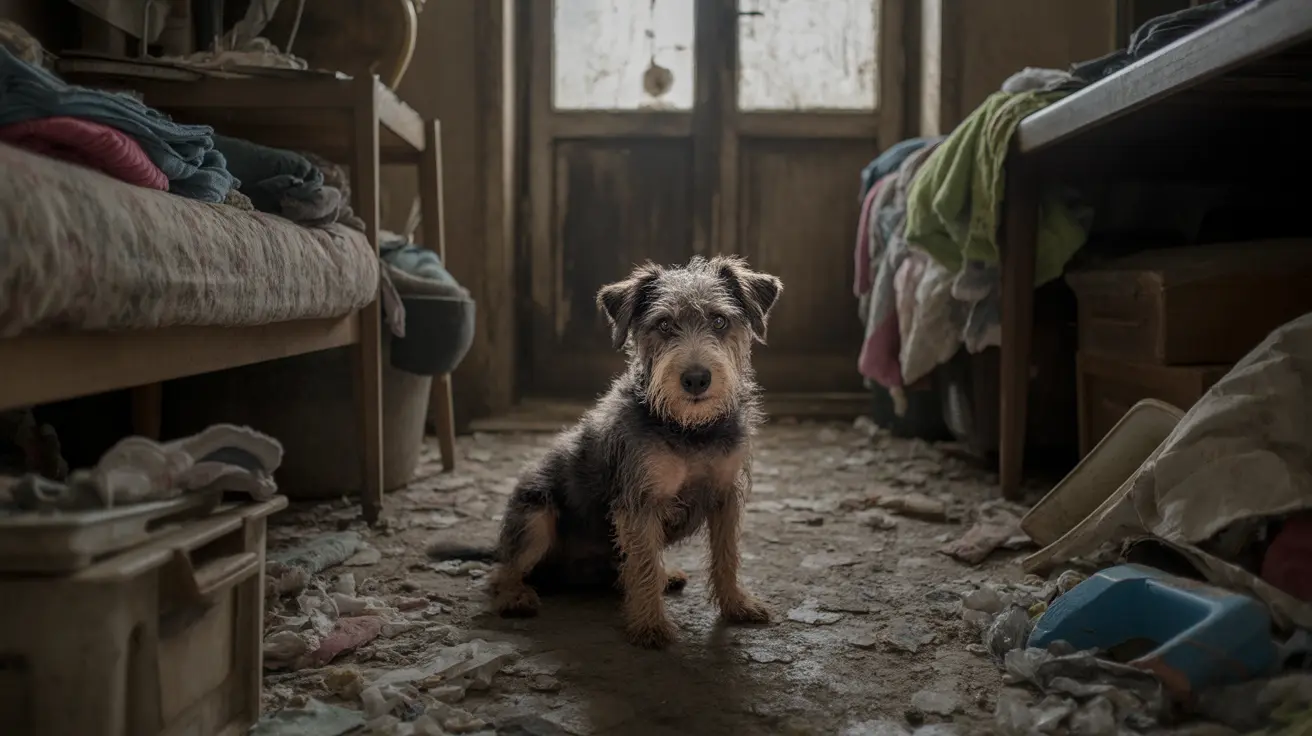How to Say "I Love You" in a Dog's Language
While dogs don’t understand the phrase “I love you” in the human sense, they recognize affection through associative memory—meaning they associate experiences with emotions. So, to truly say "I love you" to your dog, you must communicate in ways that align with how dogs interpret the world.
Understanding How Dogs Remember
Dog memory differs greatly from human memory. Dogs rely on:
- Associative memory: Linking sounds, objects, or people with outcomes (e.g., leash = walk).
- Short-term memory: Lasts 5–30 seconds, up to 4 minutes for some tasks.
- Long-term memory: Developed through repeated or emotional experiences, enabling dogs to remember people and routines over years.
- Sensory cues: Dogs remember people primarily through scent and voice.
Emotional Memory and Bonding
Dogs form emotional associations with their humans. When you consistently provide love, safety, food, and enjoyment, they develop a lasting memory of you as someone positive. Dogs may not consciously recall specific events but will react to your scent, voice, and familiar behaviors with signs of joy and trust.
Ways to Say "I Love You" to Your Dog
- Speak with Affection: Use a calm, cheerful tone. Dogs respond emotionally to vocal cues.
- Make Eye Contact: Gentle, loving eye contact builds trust and releases oxytocin—for both of you.
- Physical Touch: Petting, belly rubs, and grooming are interpreted as bonding gestures.
- Play Time: Dogs love engaging in fun together. Throw a ball, tug a toy, or enjoy a walk.
- Training with Praise: Positive reinforcement like treats and verbal praise helps dogs associate you with good feelings.
- Respect Their Space: Understanding when your dog needs rest or space also shows care.
Reinforcing the Bond Over Time
Because dogs form long-term memories through repeated and emotionally meaningful experiences, your consistency is key. Some tips for deepening your bond include:
- Routine: Feeding, walking, and bedtime rituals bring comfort and trust.
- Quality Time: Even 10-15 minutes of focused attention daily builds association with love.
- Scent Familiarity: Dogs remember you largely through your scent. Leaving a worn shirt when you’re away can soothe them.
- Voice Cues: Talk often and gently. Your voice can be your dog’s favorite sound.
- Rewards and Trust: Always pair love with reliability. Being a source of calm, safe experiences deepens emotional impact.
Responding to Your Dog’s Love
Dogs show affection through:
- Tail wagging and body wiggles
- Following you around
- Licking or gentle mouthing
- Bringing you toys
- Sleeping near or on you
- Sighing or relaxing completely around you
Reciprocate this love by being attentive and reading their emotional cues. Engage them in ways they enjoy, whether through touch, activity, or relaxation.
Conclusion
Saying “I love you” to your dog involves more than words—it means building positive, consistent associations through physical affection, emotional reassurance, and engaging experiences. Because dogs store memories of love in their hearts—not their minds—you nurture their love with every kind, gentle, and joyful moment you share.





